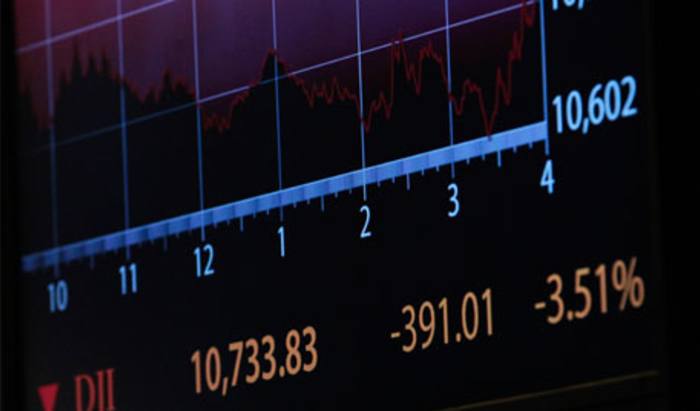
Many investors believe the primary role of bonds in a multi-asset portfolio is to provide a buffer to the riskier equity portion. However, the various different segments of the fixed income spectrum offer unique risk and return features, not only helping to spread investment risk, but also providing attractive return opportunities. Bonds are not always boring.
In recent years, multi-asset managers have increasingly recognised this potential. Many have broadened their fixed income exposure to include more peripheral asset classes such as global high yield bonds and emerging market debt. Both have performed strongly in the year-to-date, posting total returns well in excess of 10 per cent.
With interest rates at historic and persistently low levels, and prospective returns uninspiring across most major asset markets, asset allocators have an incentive to think creatively about different sources of return. Fallen angel bonds, a sub-segment of high yield corporate bonds, could potentially provide an interesting investment opportunity to complement other credit exposures in a global multi-asset portfolio.
These bonds have historically had high absolute and risk-adjusted returns, and enjoyed a superior return profile relative to the broader high yield market.
This is substantiated in the academic research. A study by Martin Fridson compared returns from Fallen Angels versus bonds that were originally issued as high yield; fallen angel bonds outperform on an absolute and risk-adjusted basis. Extensive work by Antti Ilmanen in his book Expected Returns concludes likewise. Recent research has gone further and explicitly advises investment grade investors to hold onto their fallen angels rather than selling them with the crowd, as many are forced to do.
Research building on these studies suggests much the same: there are hardly any periods over the past 20 years where investing in high yield bonds provides better returns than fallen angel bonds. This result holds true even when adjusting to compare directly across credit ratings (for example, fallen angel BB-rated bonds versus high yield BB bonds).
So why has historic returns on fallen angels been so high? In line with the technical research on the subject, findings suggest the source of these high returns is because investment grade and non-investment grade markets are highly segmented. In the event of an issuer losing its investment grade status and being downgraded into high yield, many investment grade investors are forced to sell their holdings. This often drives fallen angels to trade below fair value, and these discounted valuations drive future outperformance.
One way to track this effect is to compute the cumulative return of all bonds that entered the US high yield market prior to and after the downgrade. We run this event study using data since 2004. There is a clear rebound once the issue enters the high yield market, and the size of the effect is impressive.
Underperformance before the downgrade is not surprising; it is well documented that bond prices anticipate rating changes. But the price reversal after the bond becomes high yield is striking. The firms that have been downgraded often have a strong incentive to restructure themselves, while some companies may have made the conscious decision to take on more debt – creating a downgrade event – for entirely credible reasons that in the medium-term improve their business.






